The manufacturer Fifine gave me the USB microphone for a test report Fifine A6V sent. Since we've recently started producing a podcast for Sir Apfelot, I've also had ample opportunity to try out the mic and compare it to other USB mics.
Chapter in this post:
- 1 Technical data and scope of delivery
- 2 specs
- 3 areas of application
- 4 Fifine A6V vs Audio-Technica AT2020 USB+ vs Røde Podcaster
- 5 Brief insertion: condenser microphone vs. dynamic microphone
- 6 price differences of the microphones
- 7 build quality of the Fifine A6V
- 8 gain controls yes, but no monitoring port
- 9 My conclusion
- 10 My recommendation for big budgets
- 11 Similar posts
Technical data and scope of delivery
The microphone comes with a mini tripod, which also includes a spider for decoupling. There is also a removable pop filter on the microphone itself and a USB-A to USB-C cable is included for the connection.
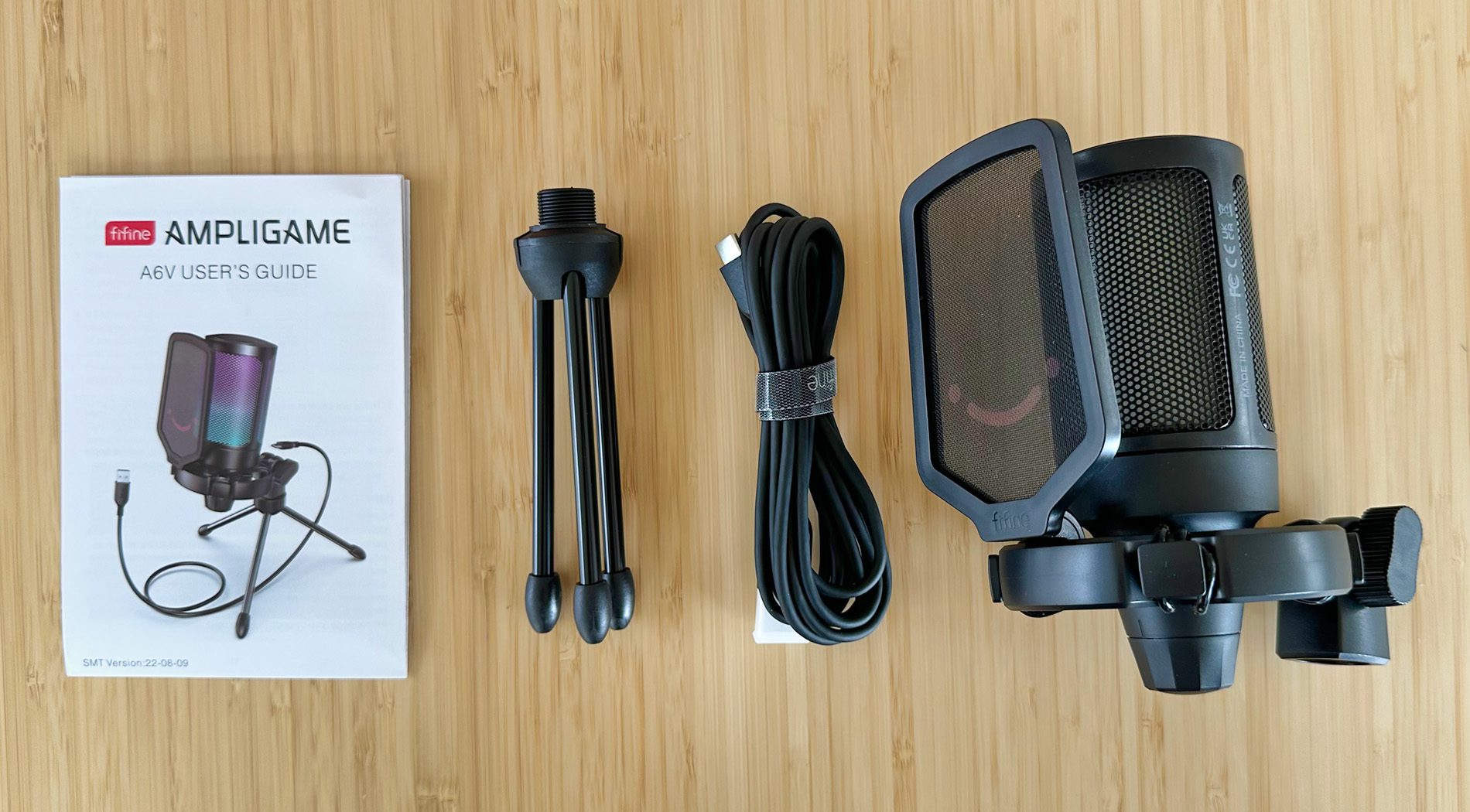
Specs
- Brand: Fifine
- Model: A6V
- Microphone Type: Condenser Microphone
- Application:
- podcast microphone
- streaming microphone
- gaming microphone
- Connection on the microphone: USB-C
- Mute switch: yes (on top of the microphone)
- Adjustable tilt: yes
- Gain control: yes (on the bottom)
- RGB lighting: yes
- Price: approx. 40 EUR (on Amazon)
- 【Gradient RGB】 Chromatic RGB change lets you automatically immerse yourself in special gaming effects (RGB color ...
- 【Quick Mute】 The quick-touch mute button above you can mute the usb microphone in one second (RGB ...
- 【Lively speaking pleasure】 The cardioid condenser microphone picks up the front sound precisely and ...
Fields of application
The Fifine A6V is a typical USB microphone that can be connected to Mac and PC without drivers, but also to various game consoles such as the PS4 and PS5.
With changing RGB lighting, the mic is aimed at YouTubers and gamers. The lighting is less exciting for podcasters, but the microphone can of course also be used for this.
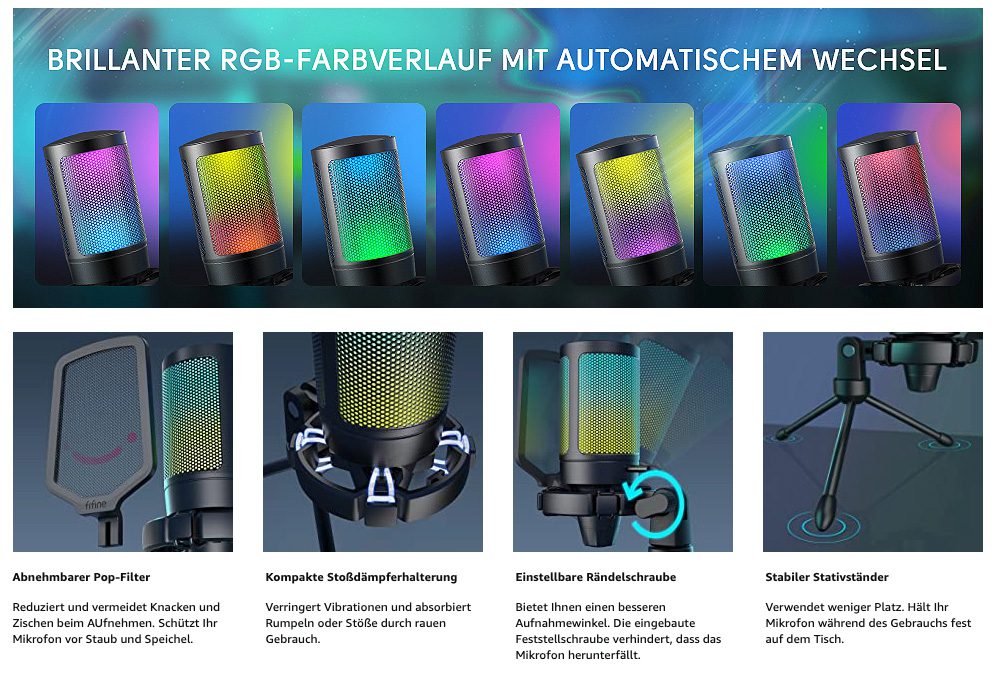
Fifine A6V vs Audio-Technica AT2020 USB+ vs Røde Podcaster
I have all of the above USB mics with me as I've been toying with the idea of doing a podcast for a while. I am currently using the Shure SM7B dynamic microphone, which is out of the competition because it is not a condenser microphone and therefore not comparable to the other microphones.
Quick insert: condenser microphone vs. dynamic microphone
In short, these two types of microphones differ in the following points:
- Condenser microphones pick up a lot of the space around them, while dynamic microphones tend to record what is happening “in front of them” due to their cardioid characteristics.
- The Cardioid characteristics require a certain microphone discipline with dynamic microphones and preferably neither change the distance nor the angle when speaking. The condenser microphones are less strict.
- Dynamic microphones require 48 volt phantom power for best operation - the other microphones only require a USB connection.
- Dynamic microphones are usually preferred by professionals, since the construction of the microphones is less sensitive to noise while better capturing the different nuances of the voice and the small noises that we make when speaking, thus sounding more natural. At least that's how it was explained to me by someone who makes a living from audio production.
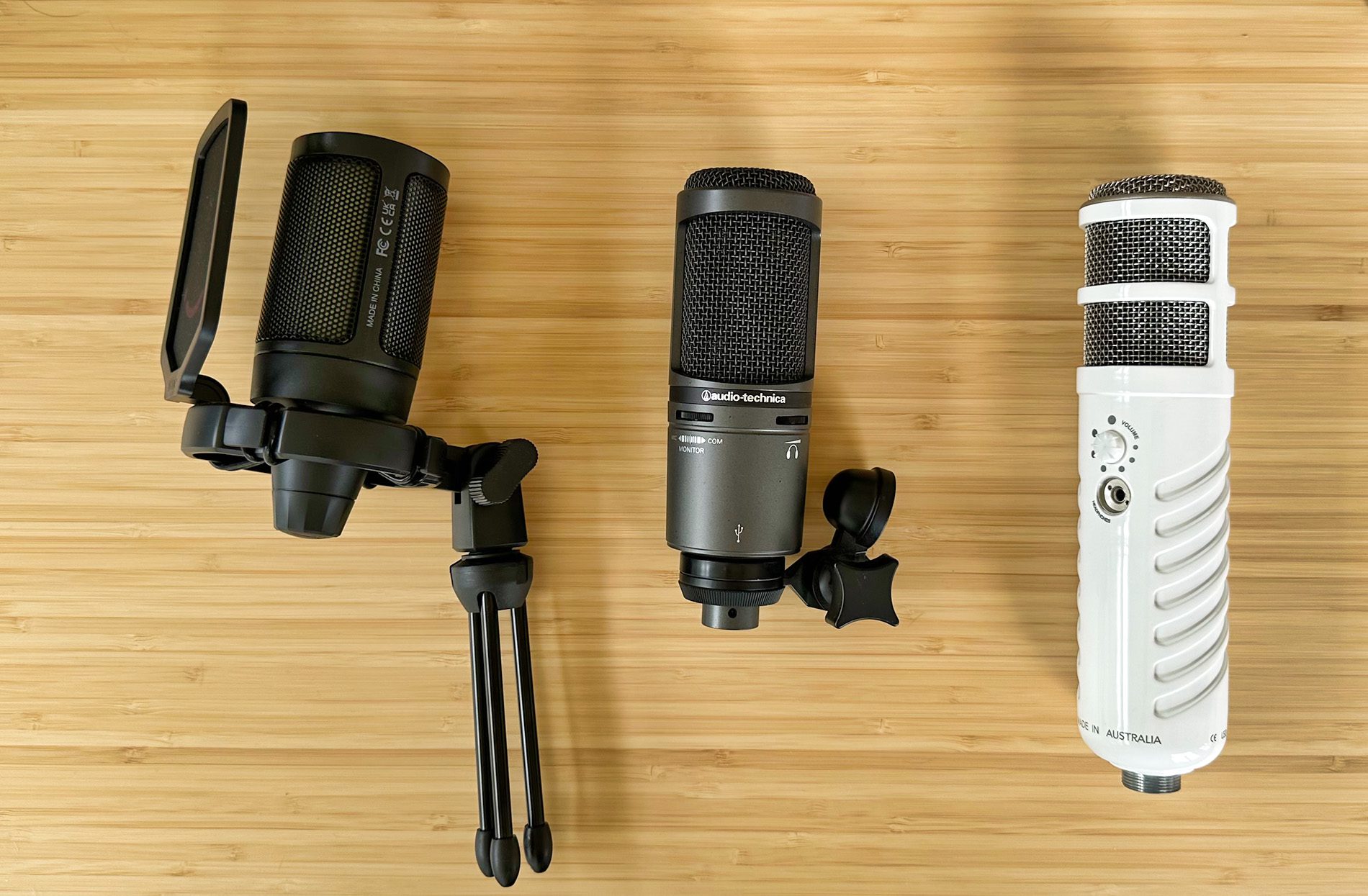
But now back to the microphone comparison.
In my comparison I tried the Fifine A6V, the Røde Podcaster and the Audio-Technica AT2020 USB+ and recorded my speech with all three microphones and then compared the recordings. Of course, I also spoke “problem cases”, such as words that have pop noises or sibilance.
The Rode Podcaster is recommended by a lot of people and you can often see it in YouTube videos.
The Audio Technica AT2020 USB+ is a recommendation that I once had from the podcast "IQ Science and Research", which dealt with the topic of "voice transmission in video conferences".
There, a professional speaker and an ARD sound engineer pitted the Audio-Technica and the Røde against each other and came to the conclusion that the Audio-Technica has a balanced and pleasant sound, while the Røde does not reproduce the full timbre of the voice and something sounds nasal.
With the Audio-Technica AT2020 USB+ I have that Fifine A6V compared and to my taste it is indistinguishable from the Audio-Technica. I'm not an audio professional, but even listening to both voice recordings side by side, I can't tell which microphone produced which recording.

Price differences of the microphones
While there are hardly any differences in sound (or none for me), there are quite clear differences in price:
- Røde Podcaster → approx. 190 EUR
- Audio-Technica AT2020 USB+ → approx. 120 EUR
- Fifine A6V → about 40 EUR
In addition, the Fifine A6V comes with a small tripod with spider and a pop filter. You have to buy both with the other USB microphones.

Build quality of the Fifine A6V
Admittedly, if you hold the Fifine A6V and the Audio-Technica AT2020 USB+ in your hands, you will notice that the Audio-Technica uses a lot of metal, which is not the case with the Fifine.
The spider on the tripod is also built very "cheaply", but it helps a little to block vibrations of the table from typing on the keyboard. Also, the pop filter is just a thin web, but I couldn't hear much of a difference between my Audio-Technica with a serious pop filter and the Fifine when recording.
I think that as long as the cheap design doesn't limit the function, you can definitely live with it.
Gain control yes, but no monitoring connection
One difference between the Fifine A6V and the other two microphones is the headphone jack. Usually you can listen to what you are saying directly and adjust the volume for the headphones on the microphone.
You won't find such a headphone jack on the Fifine A6V, but you can get over it if you connect headphones to the Mac and listen to the recording while speaking.
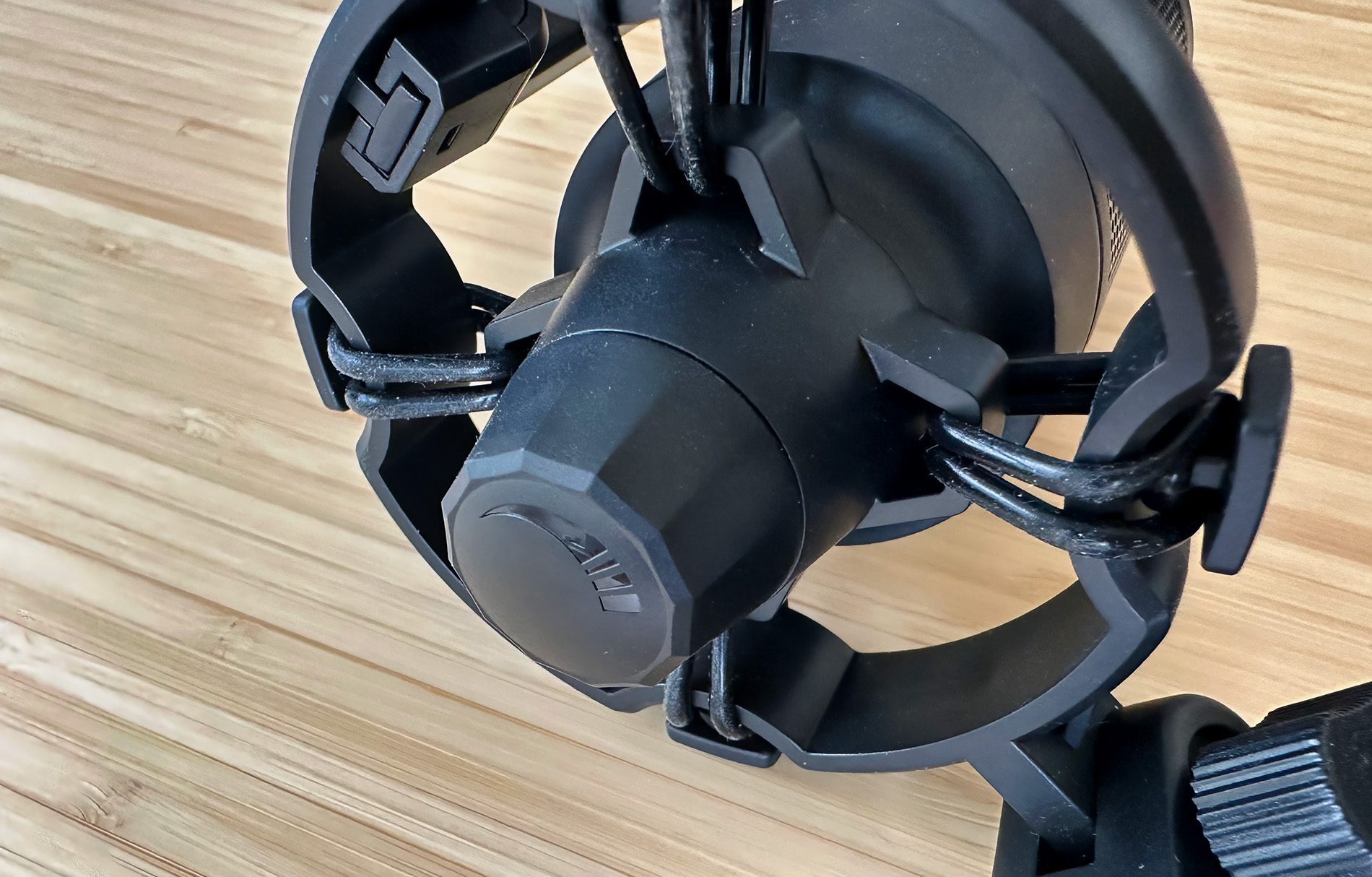
My conclusion
I have to say I was pleasantly surprised by the audio quality that the Fifine A6V delivered. I don't need any lighting effects, which is why the RGB lighting is superfluous for me, but for the target group, which are definitely the gamers, which can also be seen from the name "Ampligame" for the series, RGB lighting is practically a must.
If you are looking for a very good microphone for audio production, you might want to spend more money and look at a dynamic microphone (see below), but if the budget is tight, the Fifine A6V is a very good choice.
You think so Fifine A6V on Amazon or via this product box:
- 【Gradient RGB】 Chromatic RGB change lets you automatically immerse yourself in special gaming effects (RGB color ...
- 【Quick Mute】 The quick-touch mute button above you can mute the usb microphone in one second (RGB ...
- 【Lively speaking pleasure】 The cardioid condenser microphone picks up the front sound precisely and ...
My recommendation for high budgets
If money is no object, I would recommend this dynamic microphone and USB audio interface bundle:
So you have the luxury version, which is certainly overkill for gamers or people who just want to hold a video conference.
I use

Related Articles
Jens has been running the blog since 2012. He acts as Sir Apfelot for his readers and helps them with technical problems. In his spare time he rides electric unicycles, takes photos (preferably with the iPhone, of course), climbs around in the Hessian mountains or hikes with the family. His articles deal with Apple products, news from the world of drones or solutions to current bugs.
The page contains affiliate links / images: Amazon.de

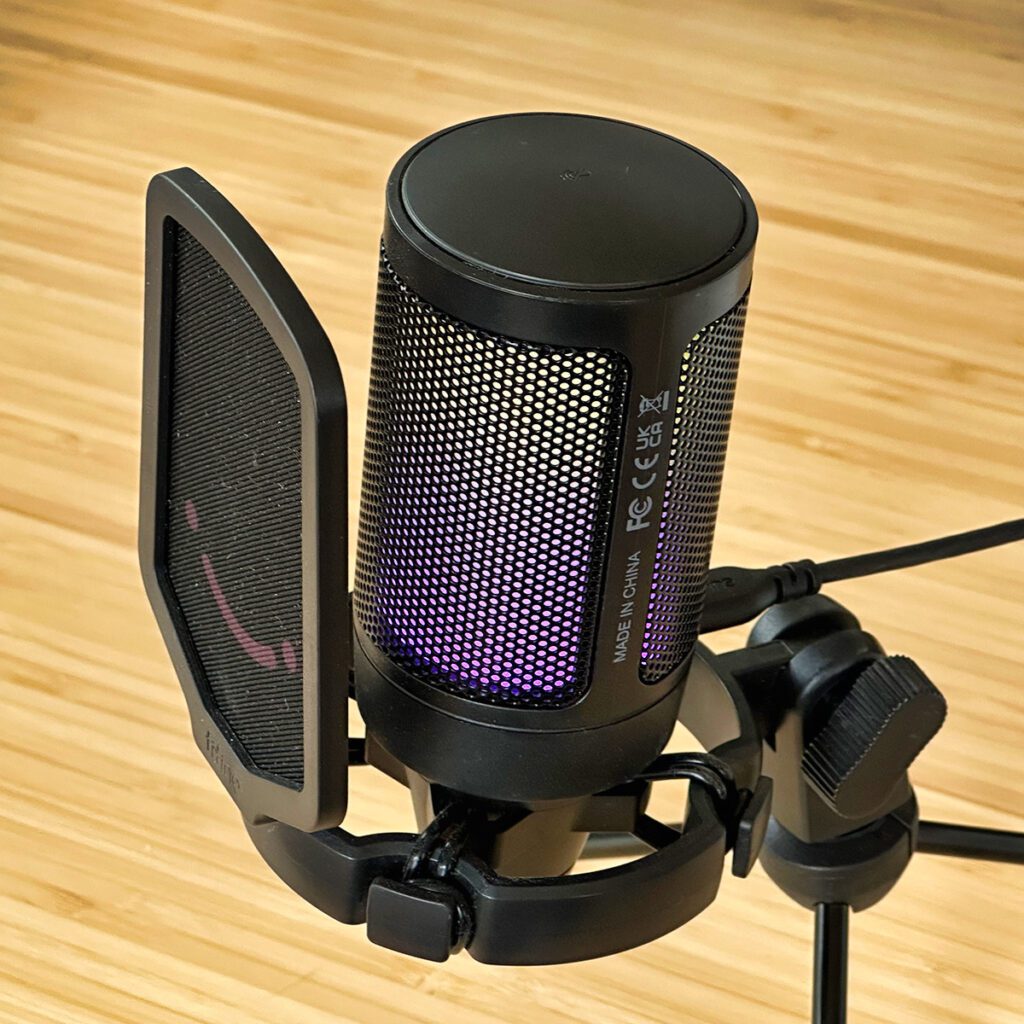
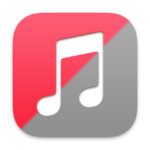

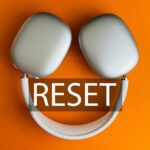


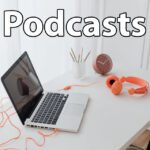
I would be interested in a comparison with the USB microphones from Thomann, such as the t.bone SC 420 USB. They are in a similar price range and look very valuable.
Yes, if Thomann sends me one, I'll be happy to do it. But based on the feeling, I would say that they are certainly so good that you (I!) don't hear a difference.